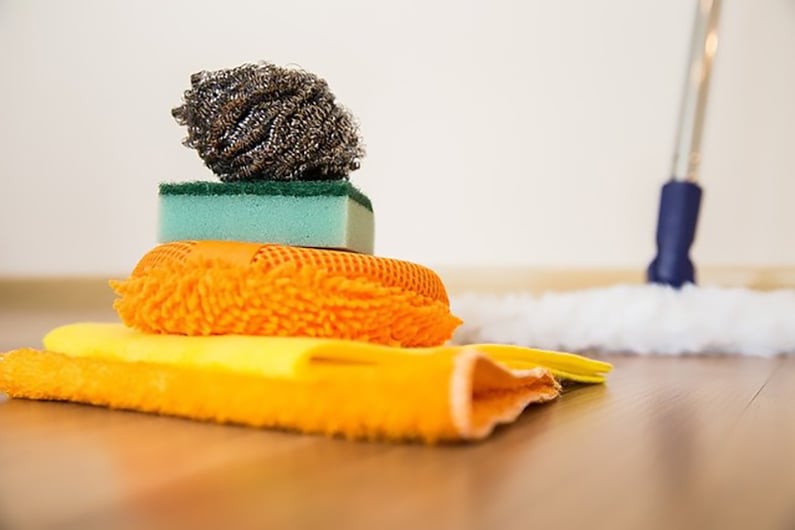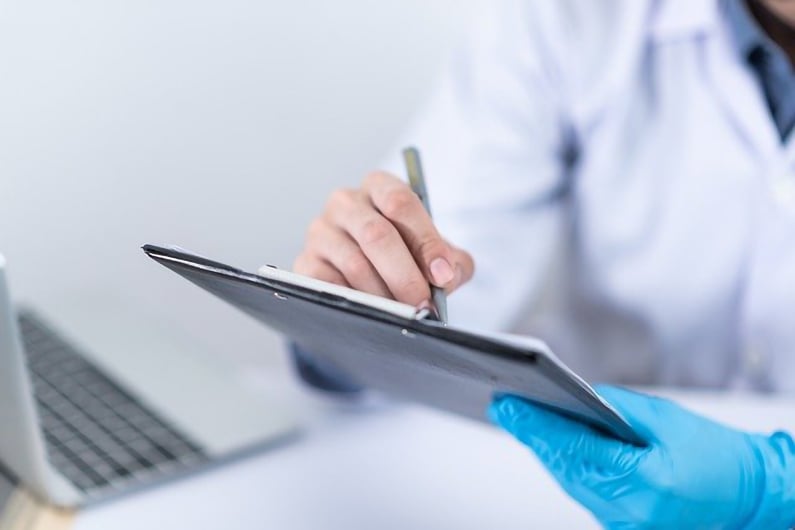
Athlete’s foot is rife. Roughly 3% to 15% of the population have this infection. Older individuals and men are often easy targets for the condition. This fungal infection is widespread and affects those who walk barefoot in moist public spaces.
Such as a locker room or a pool deck. That’s because moist areas are a breeding ground for bacteria. As a facility manager, you might be getting a lot of complaints about Athlete’s foot. And now you want to figure out the right ways to prevent it. This guideline will show you the ropes.
5 Preventive Tactics for Athlete’s Foot in Homes and Facilities

A fungal feet infection can lead to soggy and white skin between the toes. The skin can also turn flaky and dry. Some people experience blistering and reddening skin, which can have a drastic impact on their comfort and productivity.
Research indicates that 15% to 25% of people are predisposed to athlete’s foot at any time. The fungal feet infection can also spread to other sections and people, making it a top priority to find a way to treat and prevent the problem. The strategies below can help with the ailment.
1. Suggest to People That They Wear Waterproof Sandals, Slippers, or Shoes

Waterproofing your footwear is a top priority. Particularly for individuals who frequently visit public showers, locker rooms, and pools. According to the specialists, wearing adequate foot coverings, like flip-flops, can reduce the likelihood of catching the infection.
The fungus (dermatophytes) that triggers Athlete’s foot is the same type of fungi that leads to jock itch and ringworm. Humid areas favor the growth of this organism. This fungus could be on the floor of hotel rooms or gyms. If people walk barefoot, the fungus could affect their skin.
2. Urge People to Avoid Sharing their Used Towels, Socks, or Shoes

If a person uses someone else’s linens or footwear, they could expose their body to the fungus. That’s because the other person might have Athlete’s foot. And their clothing could have touched the infected feet. Ideally, people should wear clean socks of natural fabrics. They wick the moisture away and are quick to dry. Changing the socks daily and alternating the shoes can also come a long way.
3. Frequently Clean and Disinfect Floor Surfaces

Each facility or home will have different objects and surfaces that are frequently touched by many people. Regular disinfection kills most viruses, vegetative bacteria, and the majority of fungi, studies show.
The goal is to reduce the spread of fungus so that people can enjoy a more pleasant experience. Of course, even if you disinfect regularly, some fungi can slip through the cracks. That’s why it is critical to urge people to avoid walking barefoot and sharing their used clothing.
To start disinfecting in your home or facility, begin at the far corner of the room and work your way towards the door. Thoroughly scrub the floor and mop the area, so that every bacteria can be eliminated.

For disinfecting, use a special disinfectant fogger to efficiently disinfect a large area of the floor. It is important to select the right disinfectant for spaces where people come and go. We recommend HOCl(also known as ECA), which is a disinfectant that is safe for human body and effective as it is bactericidal, virucidal, and odor controlling even at a low concentration of about 80ppm.

The prevention of athlete's foot infection by disinfecting the floor is one aspect of its effectiveness, and disinfecting various points of contact will help prevent infectious diseases. If you would like to know more about this system, please contact us from below.
4. Inspire People to Maintain Personal Hygiene

Sweat makes the skin damp and vulnerable to Athlete’s foot. Keeping the skin between the toes wet for longer periods of time, whether that is after exercising or swimming, can make the body susceptible to fungal infections.
Washing the feet with soap and water every day can keep the fungi at bay. It’s critical to wash the feet under every nook and cranny. That way people can get rid of their bacteria, grime, sweat, and dirt. These are all factors that can lead to Athlete’s foot and bad odor.
5. Suggesting Drying the Feet Before Leaving the Premises

As we previously mentioned, fungal organisms love moisture. After people bathe, it’s vital to fully dry the skin. Particularly in between the toes. Take a clean towel and thoroughly wipe the feet. Effective drying curbs the odds of a fungal infection.
For those susceptible to athlete’s foot, it can be a practical tactic to reduce its impact. If you have more time on your hands, try massaging the feet as well. Foot massages boost circulation, stimulate the muscles, and ease tension. Plus, it gives you a chance to observe the feet for any blisters, corns, bunions, or flaky skin. With regular observation, you are less likely to let the athlete’s foot get worse.
What Happens If Athlete’s Foot Is Left Unmanaged?

It’s plausible for the infection of the feet to spread to other moist and warm areas of the body. Since the fungus could travel on towels and hands, some people can also develop it on the groin. This can occur when people share contaminated garments or towels.
When to See a Specialist for Athlete’s Foot?

If the rash on the foot doesn’t dissipate in the next 2 weeks after the onset of self-treatment, then see a specialist. Self-care starts with an antifungal (over-the-counter) product. Patients with diabetes should talk to their doctor if they think they have Athlete’s foot. Problems like swelling, fever, burning, stinging, blisters and scaly skin are all tell-tale signs of the condition. A doctor can suggest the best course of action to mitigate the ailment.
Final Thoughts
Athlete’s foot is without a doubt an uncomfortable and annoying problem. Especially for those who have it more than once. As a facility manager or someone who needs to prevent the infection, it’s critical to have a couple of tactics at hand.
Options like wearing footwear in public spaces, disinfecting floor surfaces, and regular hygiene can make for practical solutions. Of course, when the condition doesn’t go away on its own, people are advised to talk to their doctor. That way, they can learn the ways to treat and prevent the problem.



